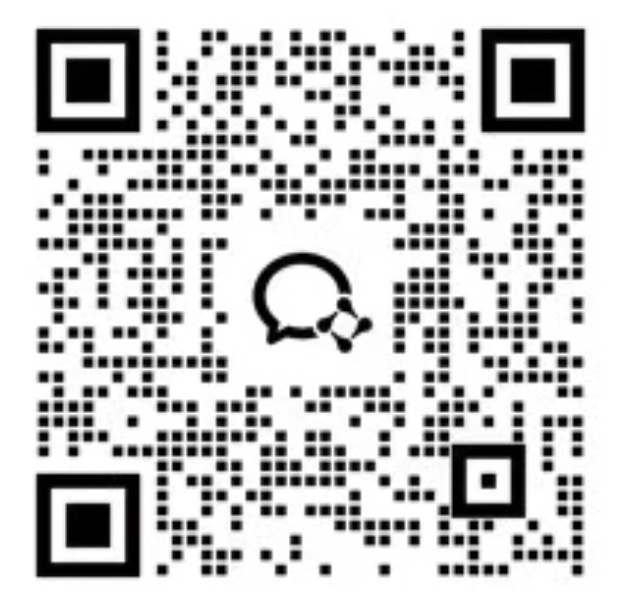2025年欧洲数字化转型:通过、Wi-Fi实现千兆比特速度连接目标白皮书-爱立信
Ericsson White PaperGFTL-25:000045 UenJanuary 2025Achieving Gigabit connectivity with Wi-Fi todayAchieving Gigabit connectivity with Wi-Fi todayContentJanuary 20252ContentExecutive Summary 3Spectrum availability 4Wi-Fi standards evolution 6Detailed analysis: Today's Wi-Fi offers Gigabit speeds through 5 GHz and lower 6 GHz bands 8Conclusion 18References 19Authors 21Achieving Gigabit connectivity with Wi-Fi todayExecutive SummaryJanuary 20253Executive SummaryThe Digital Decade Policy Programme (DDPP) sets concrete targets and objectives for 2030 to guide Europe’s digital transformation. Digital infrastructure is one of the cardinal points focusing on improving and developing mobile and fiber network infrastructures. The goal is to ensure Gigabit connectivity for everyone and achieve high-speed mobile coverage (at least 5G) everywhere” [1]. The Commission sets the Gigabit connectivity target for fixed broadband connections delivered to the home [2]. Fixed broadband connectivity is typically delivered to households via fiber or fixed wireless access. This is then connected to a Wi-Fi router, which distributes the connection within the home/enterprise. Wi-Fi plays a key role in maximizing the capacity that reaches the consumer. There are diverging views on how to prevent Wi-Fi from becoming a bottleneck in delivering Gigabit connectivity to consumers. Some request additional spectrum in the upper 6 GHz band [3] while others point to efficiency deficits and argue for more efficient usage of the current spectrum [4].We have analyzed Wi-Fi performance in an apartment building, considering the most common channel allocation in Europe, namely the 5 GHz and lower 6 GHz bands, for different channel bandwidths, and concluded that:• Speeds significantly higher than 1 Gbps can be achieved today with current Wi-Fi technology. • The best performance is achieved when combining efficient reuse of the available channels with modern Wi-Fi features. • Larger channel bandwidth does not always mean better performance. Throughput increases, but interference among access points (APs) increases as well.Further emphasis should be put on optimizing operation in dense scenarios with appropriate channel bandwidth and features, rather than overprovisioning of spectrum.Achieving Gigabit connectivity with Wi-Fi todaySpectrum availabilityJanuary 20254Spectrum availabilityHistorically, Europe has had two spectrum ranges where Wi-Fi technologies can be deployed: 2.4 GHz, 2400-2483.5 GHz [5] and 5 GHz, 5150-5350 MHz and 5470-5725 MHz [6].20 MHz channels92400 MHz91011 12 13 14 152500 MHz40 MHz channels020 MHz channels40 MHz channels80 MHz channels160 MHz channels12345678916 17 1819 20 21 22 23 24 25 26 275 150 MHz5 170 MHz5 250 MHz5 330 MHz5 350 MHz5 470 MHz5 490 MHz5 690 MHz5 710 MHz5 725 MHzFigure 1: 2.4 GHz (top) and 5 GHz (bottom) European license-exempt allocations and channel bandwidths supported by the ETSI standard [7, 8]Achieving Gigabit
2025年欧洲数字化转型:通过、Wi-Fi实现千兆比特速度连接目标白皮书-爱立信,点击即可下载。报告格式为PDF,大小1.85M,页数22页,欢迎下载。









